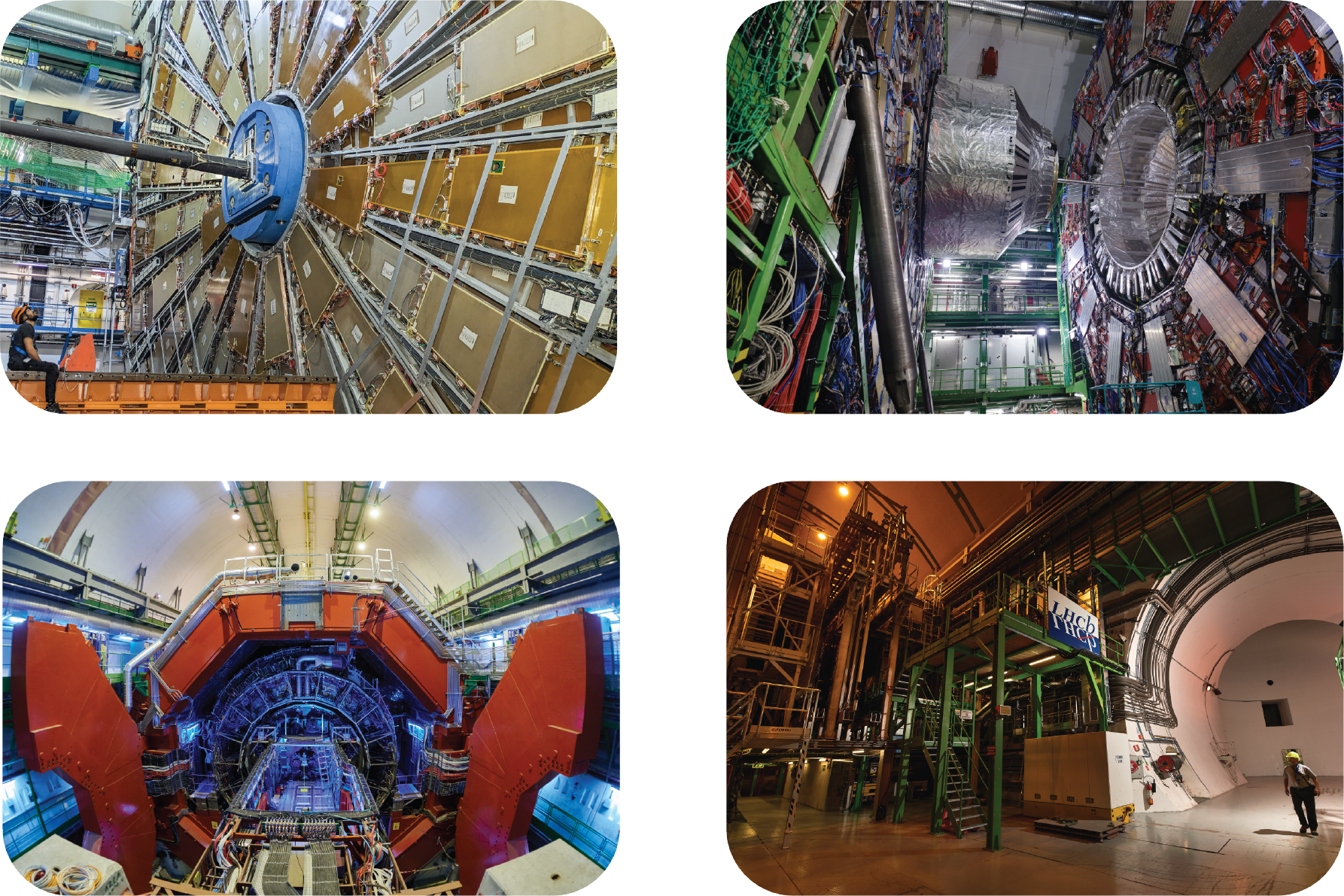Project Goal
Our aim is to make control systems used for the LHC more efficient and smarter. We are working to enhance the functionality of WinCC OA (a SCADA tool used widely at CERN) and to apply data analytics techniques to the recorded monitoring data, in order to detect anomalies and systematic issues that may impact upon system operation and maintenance.
Background
The HL-LHC programme aims to increase the integrated luminosity — and hence the rate of particle collisions — by a factor of ten beyond the LHC’s design value. Monitoring and control systems will therefore become increasingly complex, with unprecedented data throughputs.
Consequently, it is vital to further improve the performance of these systems, and to make use of data analytics algorithms to detect anomalies and anticipate future behaviour. Achieving this involves a number of related lines of work. This project focuses on the development of a modular and future-proof archiving system (NextGen Archiver – NGA) that supports different SQL and NOSQL technologies to enable data analytics. It is important that this can be scaled up to meet our requirements beyond 2024.
Progress
In 2024, the team focused on two main objectives: supporting new production deployments of the NGA and developing the TimescaleDB backend, culminating in its first preview release for CERN users.
The deployment of the NGA across more than 500 production WinCC OA systems in the four major LHC experiments – ATLAS, CMS, LHCb, and ALICE – was successfully completed in the first quarter of 2024. Given the number and complexity of the systems involved, significant effort was dedicated to supporting users during and after the migration.
On the development side, the team focused on implementing and testing various functionalities of the TimescaleDB backend and preparing its preview release for deployment in pilot systems. Multiple performance tests were conducted throughout the year using a dedicated TimescaleDB instance provided by the CERN Database On Demand team, demonstrating that significant performance improvements can be achieved through the use of compression and continuous aggregates. Additionally, work on extending the query functionality of WinCC OA, including the Trend widget, is well advanced, with the first improvements already incorporated into the product.
Next Steps
The work on the TimescaleDB backend will continue in 2025, with the goal of releasing a production-grade version in 2026. Particular attention will be given to addressing different use cases for continuous aggregates. The team will also provide support to pilot users in the experiments and gather their feedback. Additionally, various solutions for TimescaleDB high availability and load balancing will be evaluated at a scale that simulates production systems.
Project Coordinator: Rafal Kulaga
Technical Team: Pedro Agostinho, Rafal Kulaga, Antonin Kveton, Ewald Sperrer, Martin Zemko
Siemens ETM Collaboration Liaisons: Pedro Agostinho, Ewald Sperrer, Christopher Stoegerer
In partnership with: Siemens

